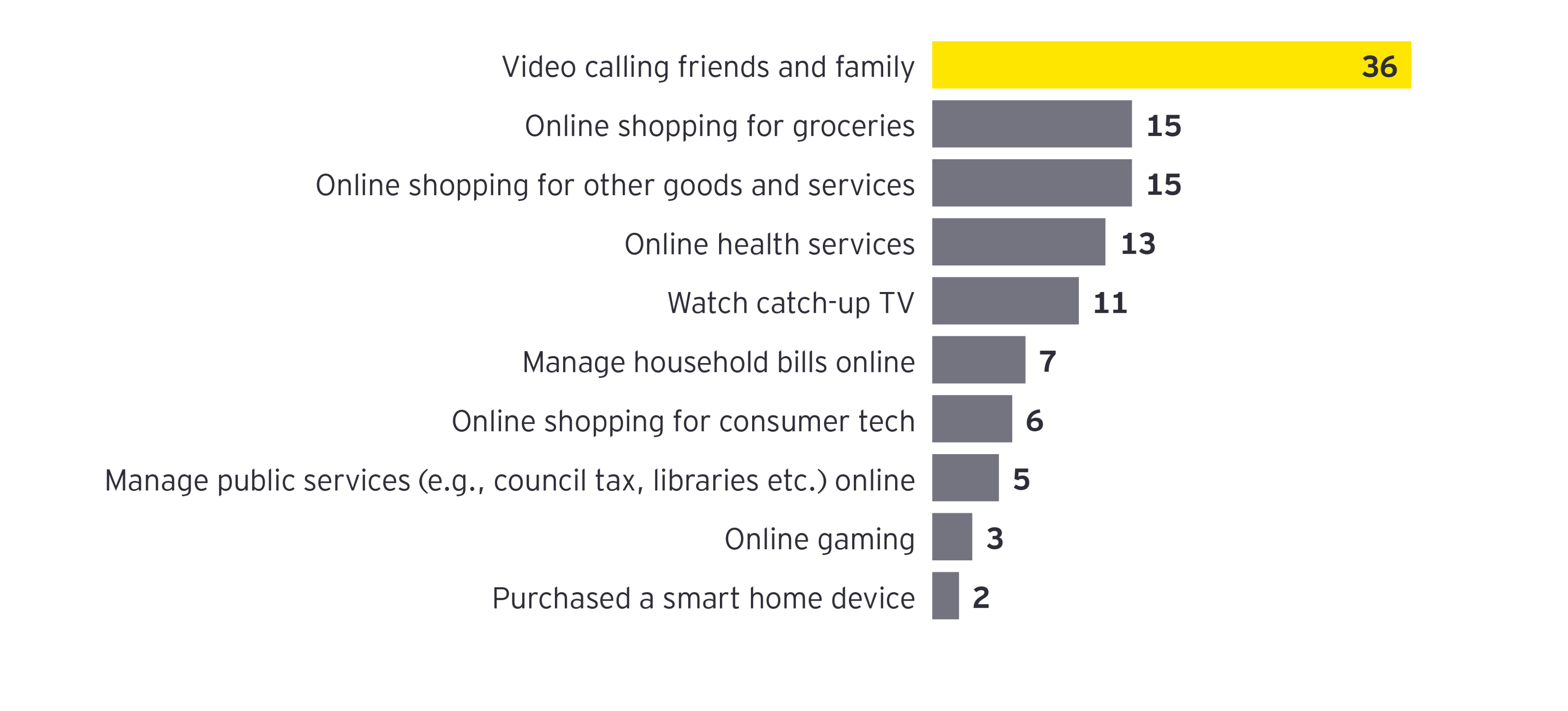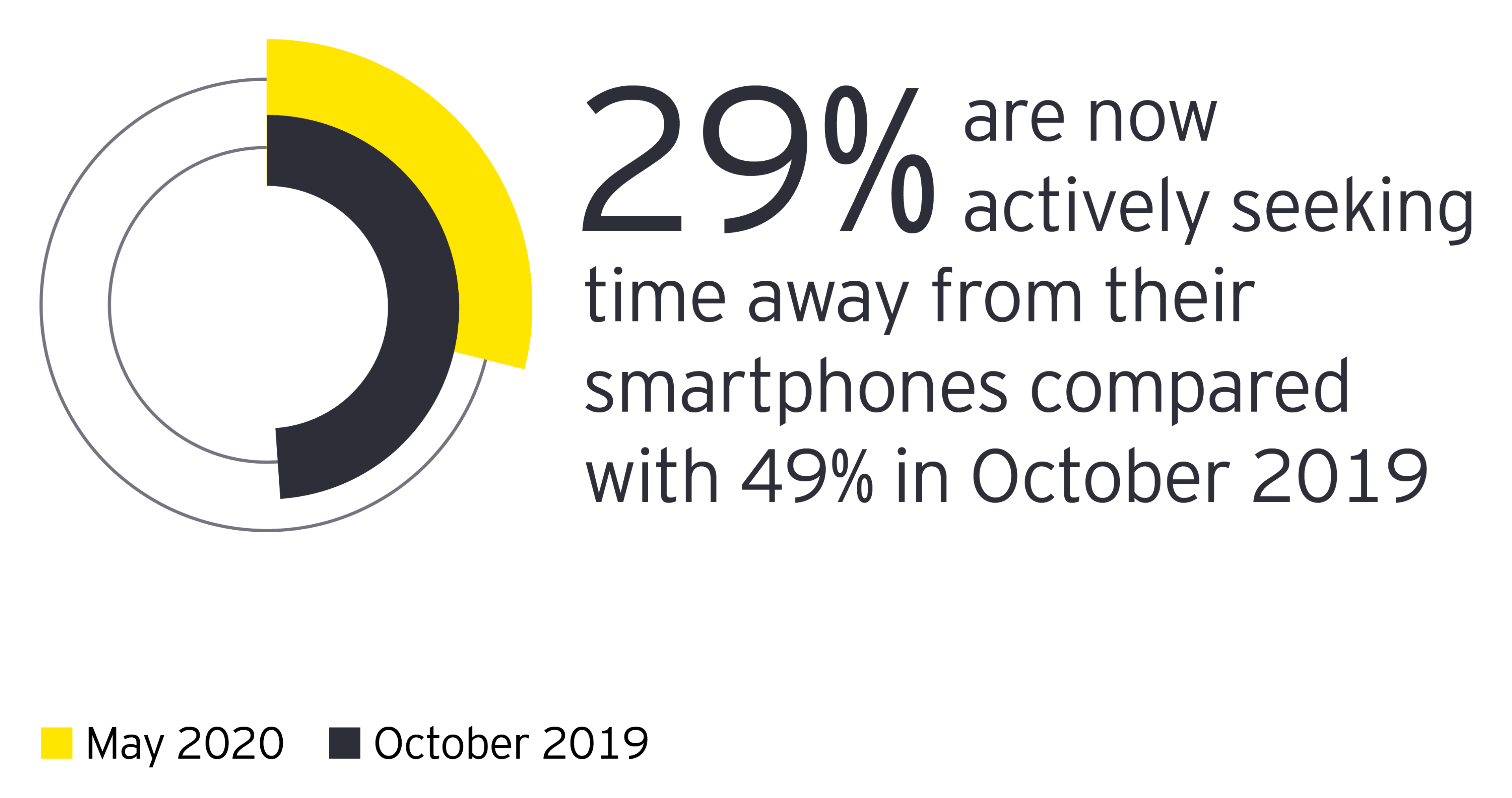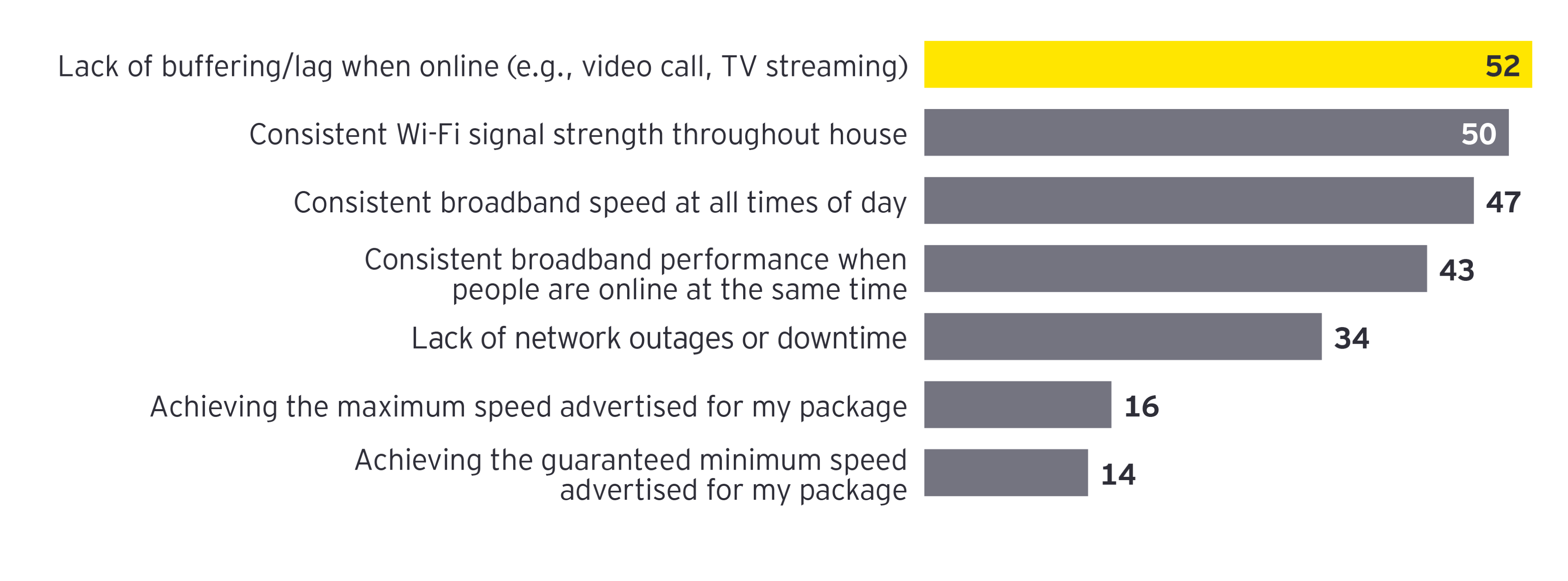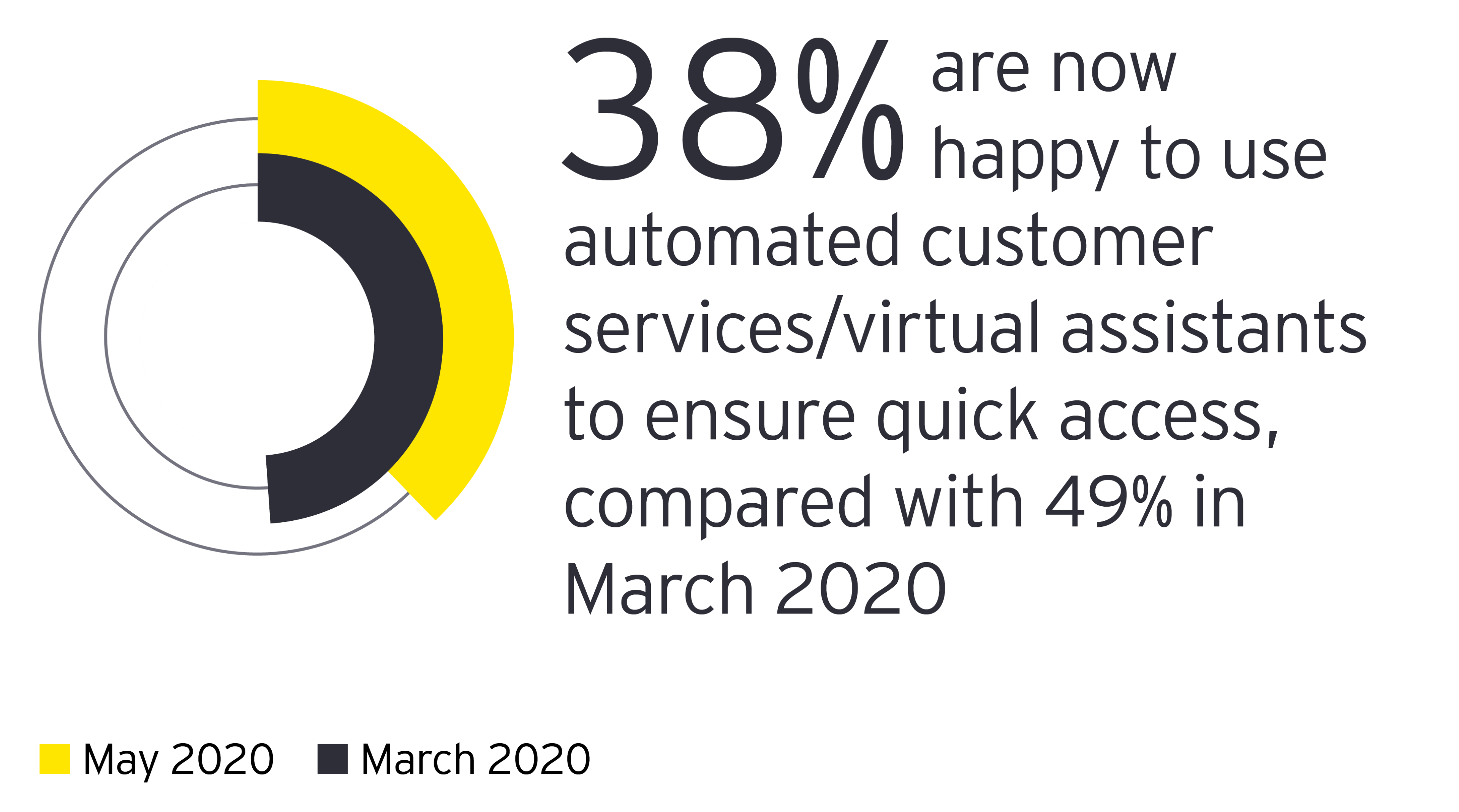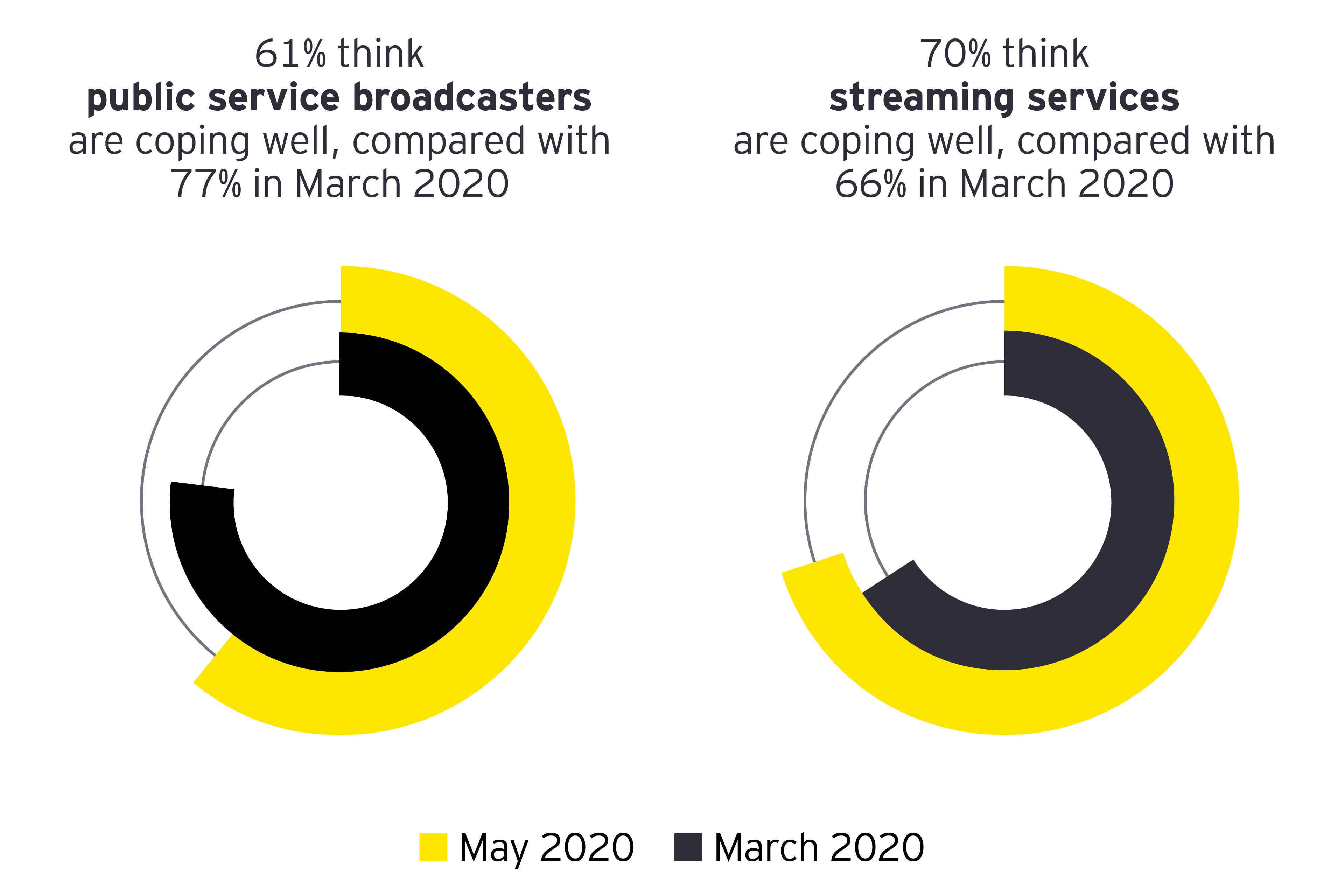9. The impact of fake news runs deeper than perceived
Levels of trust in social media have remained relatively stable throughout the pandemic. In March, 17% of respondents said they trusted social media less than before COVID-19 and by the end of May, it was almost unchanged at 18%.
Fake news is a big part of the issue – a case in point being the headlines around 5G and its health impacts. Despite reassurances from service providers and government, 25% would still be wary about using 5G in the future. It is clear that more needs to be done to both reassure consumers, as well as engage consumers in the benefits of this new technology.
Social media companies are historically seen as responsible for tackling fake news and that’s remained unchanged since March, shifting from 67% to 68%. However, the clear takeaway is that the Government needs to step up and step in. Over the same period, perceptions of the Government’s responsibility rose from 52% to 61%.
Combating fake news requires agility, commitment and consensus. Collaboration across the ecosystem involving platforms, regulators and news providers is vital. Additionally, providers could look to the use of new technologies such as blockchain, to help with mitigating fake news and rebuilding trust.

